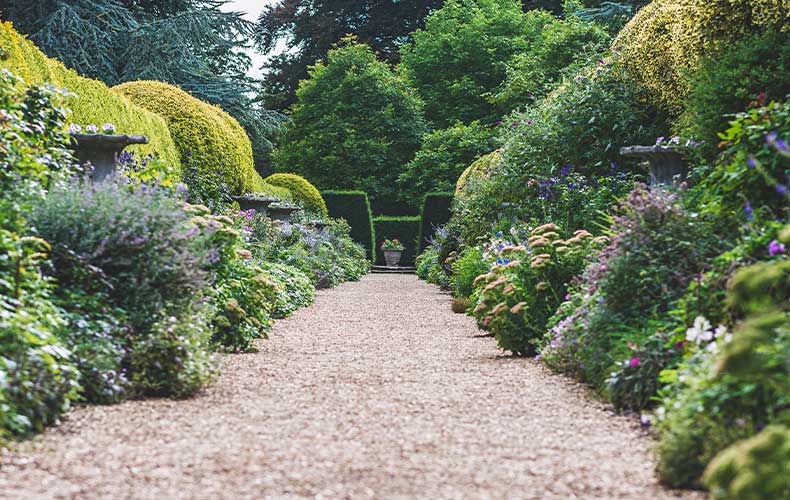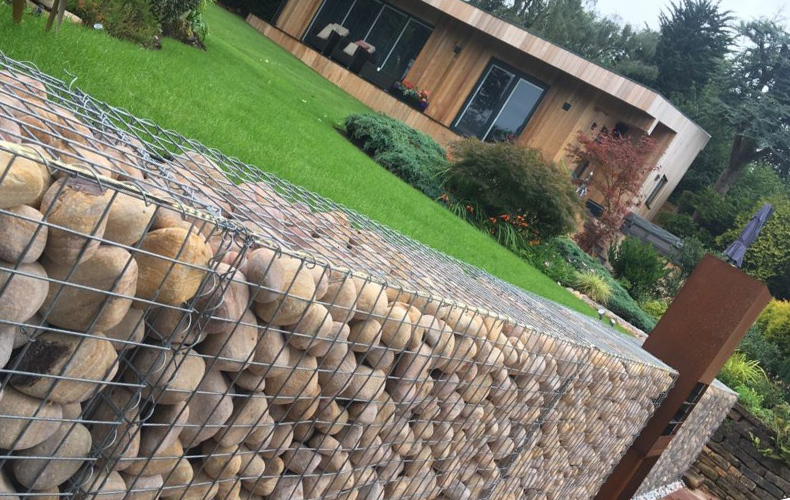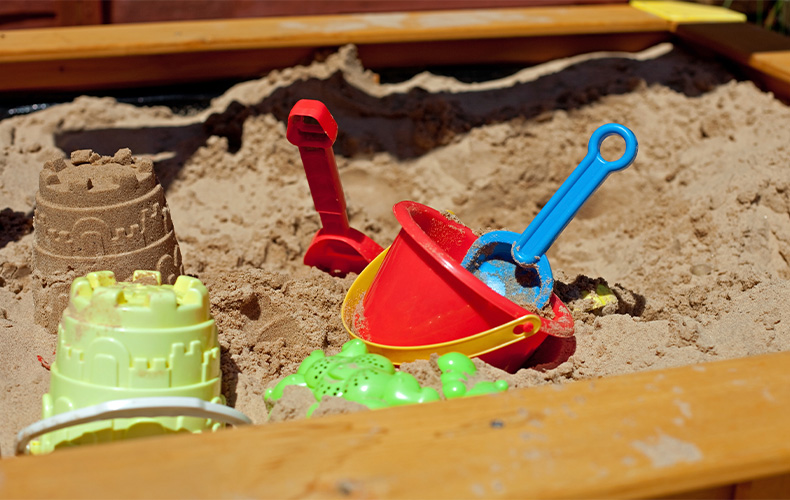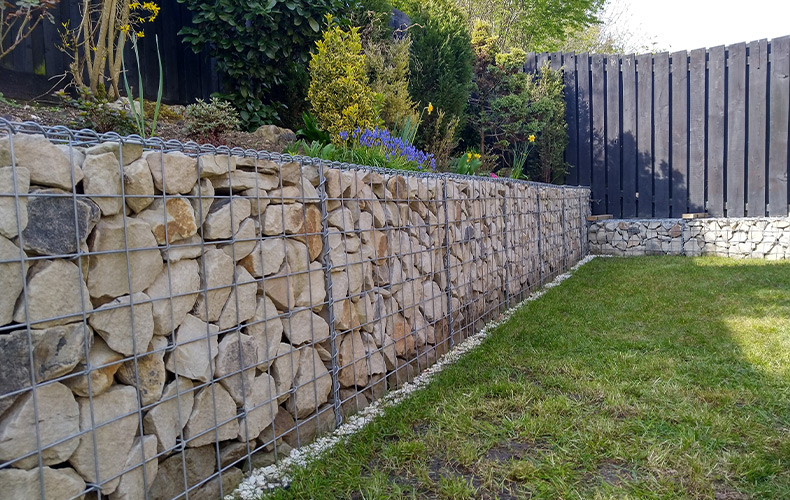Why Our Path Topping Aggregates Are Different from Self Binding Gravel
When it comes to creating durable and visually appealing pathways, both Self Binding Gravel and Path Topping Aggregates offer excellent solutions. These materials are particularly favoured by those who appreciate the natural look of gravel but need a more stable and firm surface. Understanding the differences between them is crucial to selecting the right material for your project. At Mainland Aggregates, we provide both Self Binding Gravel and Path Topping Aggregates, each with its unique benefits and installation requirements.
Self Binding Gravel
Self Binding Gravel, such as our Cotswold Self Binding Gravel, is a versatile and durable option that is popular for various applications, particularly in stately homes, heritage properties, and woodland paths. It is graded from 10mm down to dust, with fines being a critical component for achieving proper compaction. This feature makes Self Binding Gravel ideal for footpaths, bridleways, cycle paths, and golf courses. When installed correctly, it provides a smooth, firm finish that is both functional and visually attractive.
Installation of Self Binding Gravel
The success of Self Binding Gravel relies heavily on its installation. It should be laid on a firm sub-base of free-draining, granular material, such as compacted MOT Type 3. Apply the gravel to a compacted depth of no more than 50mm and ensure it includes a camber or cross-fall to promote efficient water drainage. Compaction should be done in thin layers using a vibratory roller, with the final pass made with the vibration switched off. Water rolling is essential during the final compaction to achieve a smooth, well-bonded finish. This involves spraying water directly onto the roller drum to prevent fines from sticking.
Path Topping Aggregates
Path Topping Aggregates, while similar to Self Binding Gravel in some respects, differ in their composition and usage. Aggregates like our York Cream Path Topping provide a firmer finish compared to standard gravels, making them ideal for paths, borders, and cycle tracks. The range of stone sizes in Path Toppings helps create a robust surface that still retains a natural gravelly appearance.
Installation of Path Topping Aggregates
Path Topping Aggregates, like Self Binding Gravel, require careful installation to achieve optimal results. They should be laid on a suitable free-draining, compacted sub-base, such as MOT Type 3. A depth of 50mm is recommended for footpaths and borders. Ensure that Path Toppings are laid with a camber or cross-fall to facilitate water drainage, as poor drainage can lead to surface failure. The aggregates should not be laid when excessively wet or dry, as this can affect compaction. Rolling with a vibrating roller in layers is essential to create a firm, stable surface.
Key Differences
Although both decorative aggregates need a free-draining sub-base and proper compaction, the primary differences lie in their composition and ideal applications. Self Binding Gravel contains fines that help it bind together when compacted, making it suitable for a broader range of uses, including bridleways and golf courses. Path Topping Aggregates, in contrast, offer a firmer surface ideal for footpaths and borders but do not bind as tightly as Self Binding Gravel.
Conclusion
The choice between Self Binding Gravel and Path Topping Aggregates depends on the specific requirements of your project. If you need a durable, versatile material that can handle various applications, Self Binding Gravel is an excellent option. For projects where a firmer surface is essential while still maintaining a natural look, Path Topping Aggregates are ideal. At Mainland Aggregates, we are here to assist you in selecting the right product for your needs and ensuring successful installation. If you’re unsure about which aggregate to choose for your project, please contact our team for expert advice.
Visit the Mainland Aggregates Ltd website for more information on Why Our Path Topping Aggregates Are Different from Self Binding Gravel






